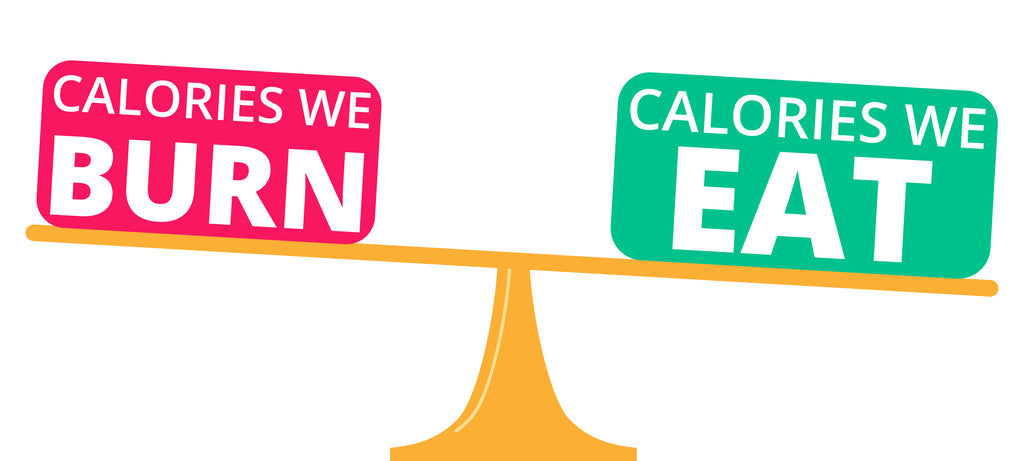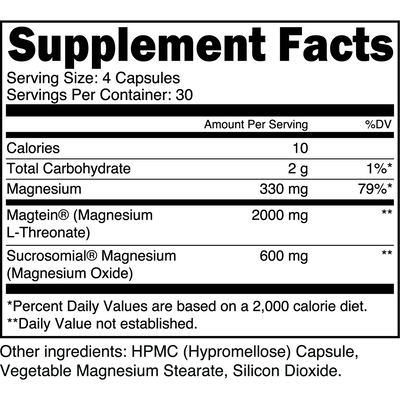How to Get Rid of Belly Fat: The Real "Secret" You Might Be Overlooking

Why You're Not Losing Belly Fat (and How to Fix it)
When you're significantly overweight, the body has a propensity to continue gaining fat — especially in the belly region. In essence, obesity feeds into itself because the body gets "comfortable" with all the belly fat and having high blood sugar levels, thereby reorienting homeostasis.
Psychological factors also make it hard to stop unhealthy habits that lead to excess belly fat, such as feeling hungry all the time, craving sugar, and not having the energy or motivation to work out despite a surfeit of calories in the diet.
So, what's the best diet to lose belly fat fast? Should you follow a very-low-carb diet like keto? How about intermittent fasting?
Well, it depends. Keep reading and we'll explain how to lose belly fat (and keep it off).
Trying to Get Rid of Belly Fat and Flatten Your Stomach? You're Not Alone.
Data from the Center for Disease Control & Prevention (CDC) shows that the obesity rate is growing 3-4% annually in the United States [1]. Nearly 40% of adults in the U.S. are clinically obese, and roughly two out of three of these individuals are women.
At the current pace, more than half of the U.S. adult population will be obese by 2023. Here's the kicker: the statistics above are only indicative of obese adults; they don't account for adults who are overweight. Upwards of 70% of the adult population is overweight, if not obese [2].
Running into a slim and fit individual is somewhat of an improbability in this day and age; you are statistically in the minority if you live in the U.S. and you're not overweight. In other words, being "average" means being overweight, if not obese. It's no wonder "how to lose belly fat fast" gets hundreds of thousands of search-engine queries every month.
What Causes a "Beer Belly"?

The term "beer belly" is colloquial slang for a medical condition known as "central adiposity," resulting from an abundance of visceral fat tissue. In contrast to subcutaneous fat that resides directly beneath the skin, visceral fat lies deep in the abdominal region and surrounds vital organs.
As such, visceral fat tends to accumulate behind the abdominal wall. A ramification of this is the classic protruding-belly phenomenon, not too dissimilar from what happens during pregnancy.
But let's set aside the aesthetic ramifications of having a "beer belly" for a second. What should concern people are the potential health risks of carrying too much body fat around the waistline.
Naturally, obesity and belly fat are like a package deal. However, even those who are not obese — according to body mass index (BMI) standards — can still exhibit central adiposity. There are specific health risks tied to excessive belly fat regardless of body weight, including type-2 diabetes and heart disease, and the consequences don't stop there [3].
Having too much belly fat also significantly increases the risk of cancer, metabolic syndrome, and all-cause mortality [4,5]. Furthermore, people with a beer belly gradually develop a lordotic curvature in their spinal column, leading to poor posture and chronic low-back pain.
But it's not all doom and gloom for those looking to get a flat stomach.
Losing belly fat isn't as complicated as many people presume; it's actually quite straightforward from a scientific standpoint.
The Real "Secret" to Lose Belly Fat Fast
Most people are well aware that they simply need to eat fewer calories and burn more calories if they want to lose weight, but they fail to execute. Why is that? Well, paralysis by analysis, among other things.
With so much information at our fingertips, it's hard to filter through the nonsense, especially when it comes to nutrition and health trends.
Maybe you're caught in the cycle of trying different fad diets that promise to flatten your stomach by cutting out "XYZ" foods? Perhaps you read an article that said you need to do more abdominal crunches if you want to target fat in the belly region? Whatever the case may be, those methods are not the answer.
It's never too late to change your lifestyle for the better and lose belly fat. Yet, we often overlook the apparently-not-so-obvious solution in hopes of finding some "secret" that's even better. Frankly, there is no magic diet, fat burner supplement, or exercise that will get rid of belly fat fast. If anything, you should be skeptical of claims that a particular food or ingredient will trim your waistline rapidly.
Research makes it clear that the real "secret" is controlling your energy balance [6].

Numerous studies show that a combination of a calorie-controlled, moderate-to-high protein diet, whether low-carb or not, and diligent exercise is undoubtedly the most sensible way to get rid of belly fat and keep it off [7].
You don't need any "miracle pills" or "revolutionary diet protocols" to lose belly fat and flatten your stomach. You don't need to eschew carbohydrates altogether, or avoid dairy, or cut out fruit, and you most certainly shouldn't worry about doing tons of crunches and other ab exercises.
What you do need is to consume fewer calories than you burn — that's as deep as it goes. Macronutrient intake, meal frequency, nutrient timing, and food choices are all secondary to energy balance.
With that in mind, use this handy calorie and macronutrient calculator to determine your calorie needs for weight-loss.
Simple Strategies to Trim Your Waistline
Once you have a ballpark idea of how many calories to eat, follow these essential tips to lose belly fat and keep it off:
-
Start each meal with a generous serving of fibrous vegetables (e.g., broccoli, asparagus, spinach, and cauliflower). Eating these foods first will slow the digestive process and allow satiety signals to kick in, so you have less desire to overeat. Not to mention, veggies are a rich source of micronutrients that ensure your metabolism is functioning properly. For an added boost in vitamins, minerals, and antioxidants, consider incorporating Transparent Labs Greens into your daily routine.
-
Try to eat a meal/snack with at least 20 grams of complete protein every 3 to 5 hours throughout the day. For most people, at least three meals per day is advisable. If you find yourself needing a quick, nutritious snack, Transparent Labs Protein Bars are an excellent choice, providing high-quality protein in a convenient, tasty bar to keep you fueled and satisfied.
- When in doubt, a balanced diet is best. Aim for about 1 gram of protein and 0.25 to 0.30 grams of fat per pound of body weight, then "fill in" your remaining calories with carbohydrates. You don't have to go full-on keto to lose belly fat, but reducing your carbohydrate intake a bit will help create a calorie deficit while allowing protein and fat intake to be high enough for vital functions and recovery from exercise. To ensure you're getting the highest quality protein to support your weight loss goals, include Transparent Labs Whey Protein Isolate in your diet. It’s low in carbs and fats but high in lean protein, perfect for those looking to build muscle while losing fat.
-
Cardio is great for burning calories, but you should also be lifting weights even when your main goal is to "trim and tone." If you can manage as few as three full-body, resistance-training workouts per week for 45 to 60 minutes each, you'll see significant weight-loss progress and spend less time mindlessly walking on the treadmill. Relying exclusively on low-intensity, long-duration cardio for exercise can reduce your resting metabolic rate over time [8]. Essentially, you start to burn fewer calories at rest to compensate for all the energy you expend from cardio. Resistance training does the opposite.
As mentioned earlier, you don't need a supplement to flatten your stomach and lose belly fat, but in some cases, a quality thermogenic supplement can help. Transparent Labs PhysiqueSeries Fat Burners come in caffeine-containing and caffeine-free options to accommodate your lifestyle while supporting weight loss with natural, evidence-based ingredients.
Last but not least, portion control and calorie-tracking is imperative. If you're not familiar with how to weigh out food portions and count macros/calories, here's a brief primer to get you up to speed.









